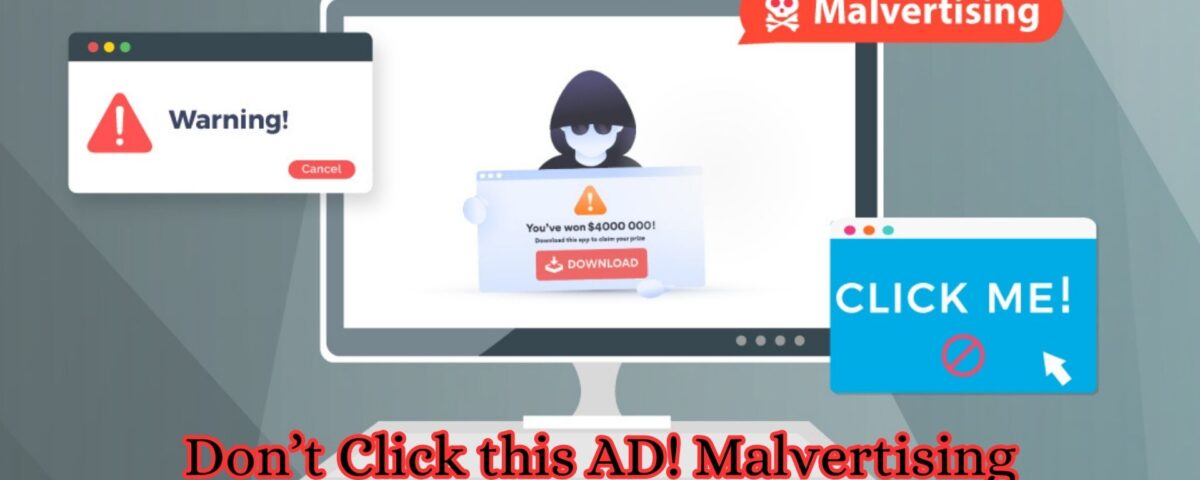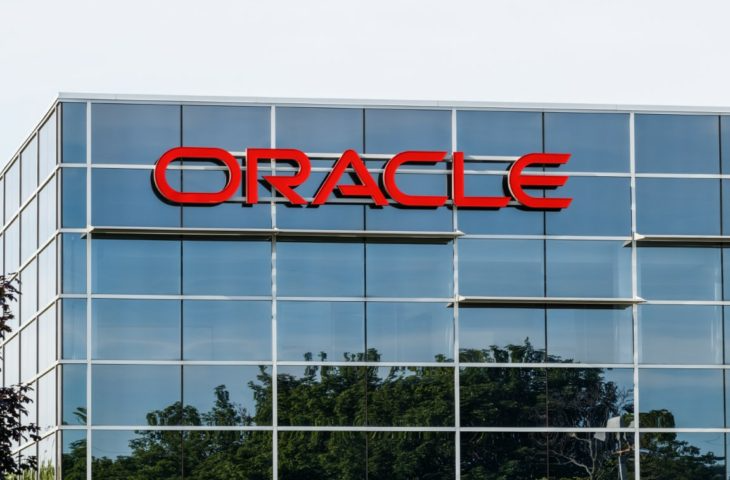
Urgent Action Required: Critical Patches Released for Cisco, Fortinet, and VMware Products
February 9, 2024
Hackers Exploit ChatGPT for Malware Creation and Cyberattacks
October 14, 2024What is Malvertising?
Malvertising is a cyber attack that involves ,injecting malware into online ads to trick users into downloading harmful software or visiting malicious websites
Malicious actors often create ads that appear legitimate, leveraging Google’s ad network to gain visibility. They design these ads to look like they come from well-known and trusted organizations, such as Microsoft, PayPal, or banking institutions. When users search for help or services related to these brands, they may encounter these deceptive ads prominently displayed at the top of search results.
Once a user clicks on the ad, they are redirected to a fake website that closely resembles the legitimate site. These counterfeit pages are often expertly crafted, using similar logos, layouts, and branding elements to create a false sense of security. Users, believing they are on a legitimate site, may be prompted to enter sensitive information such as their email addresses, passwords, credit card details, and two-factor authentication codes.
The Dangers of Credential Theft
The implications of falling victim to such scams are severe. Once attackers obtain login credentials, they can easily access victims’ accounts, leading to unauthorized transactions, identity theft, and data breaches. In many cases, individuals may not realize they have been compromised until it is too late. This can result in drained bank accounts, lost savings, and a lengthy process of recovering stolen identities.
Preventive Measures
Moreover, these malicious ads can affect not just individuals but also businesses. If company employees fall for such scams, it can lead to compromised corporate accounts and sensitive data breaches, potentially exposing customer information and harming the company’s reputation.
To combat this growing threat, both users and platforms need to adopt proactive measures. Users should exercise caution when clicking on ads, especially those that promise unrealistic offers or services. Always verify the URL of the website you are visiting and ensure it matches the legitimate site. Utilizing web browsers with built-in security features, such as phishing protection, can also help in identifying malicious sites.
Additionally, employing two-factor authentication (2FA) can provide an extra layer of security. Even if an attacker obtains your password, they would still need the second form of verification to access your account. Keeping software and security programs updated is also crucial, as these updates often include patches for vulnerabilities that could be exploited by attackers.





